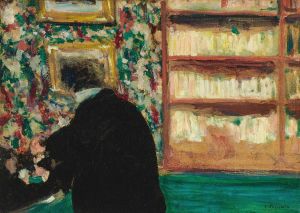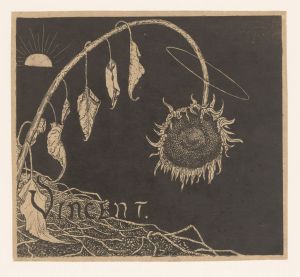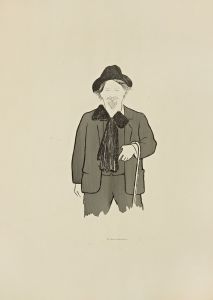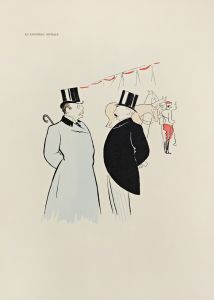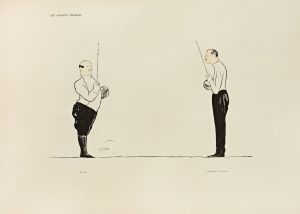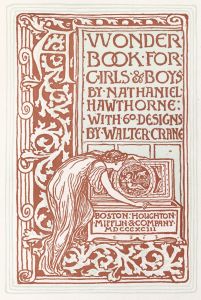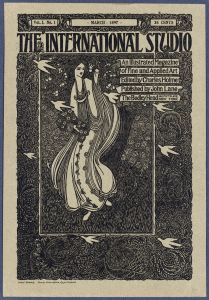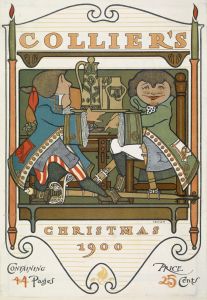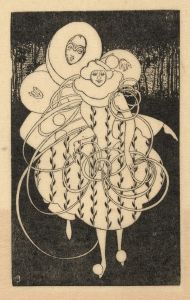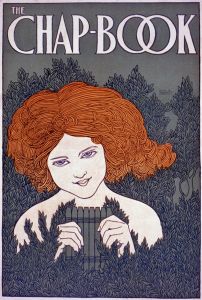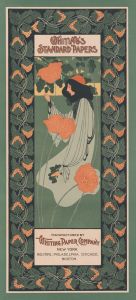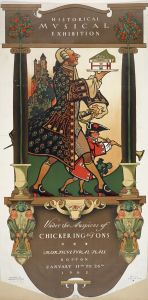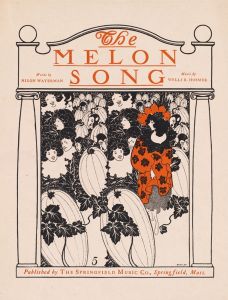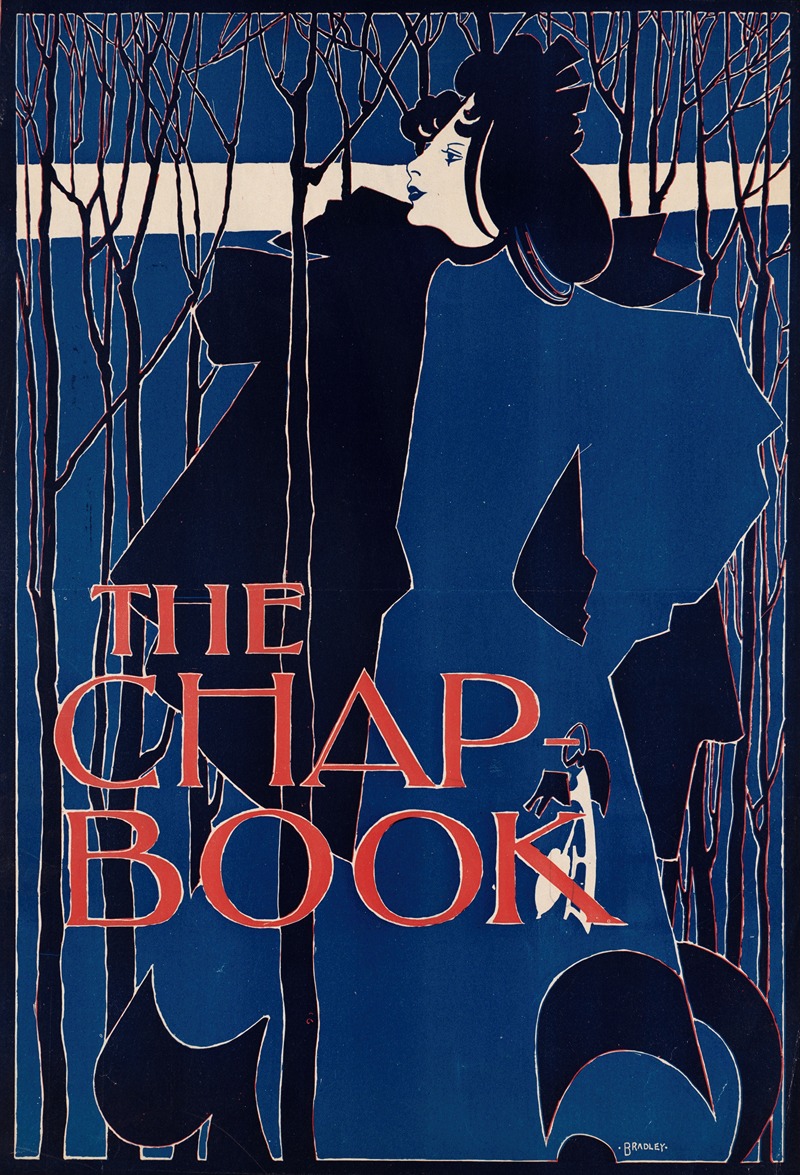
The chap book
A hand-painted replica of Will Bradley’s masterpiece The chap book, meticulously crafted by professional artists to capture the true essence of the original. Each piece is created with museum-quality canvas and rare mineral pigments, carefully painted by experienced artists with delicate brushstrokes and rich, layered colors to perfectly recreate the texture of the original artwork. Unlike machine-printed reproductions, this hand-painted version brings the painting to life, infused with the artist’s emotions and skill in every stroke. Whether for personal collection or home decoration, it instantly elevates the artistic atmosphere of any space.
"The Chap Book" is a notable work by the American artist and designer Will Bradley, who was a prominent figure in the Art Nouveau movement in the United States. Born in 1868, Bradley became one of the most influential graphic designers and illustrators of his time, known for his innovative approach to typography and layout.
"The Chap Book" was a periodical published in the late 19th century, and Bradley's work for it is often cited as a quintessential example of his style. The publication itself was a literary magazine that featured a variety of content, including poetry, essays, and short stories. It was part of the larger trend of small, artistic magazines that proliferated during this period, often referred to as "little magazines."
Bradley's design for "The Chap Book" is characterized by its distinct Art Nouveau style, which was marked by organic forms, flowing lines, and a harmonious integration of text and image. His covers for the magazine often featured intricate illustrations that combined elements of nature with stylized human figures, reflecting the broader aesthetic trends of the time. Bradley's work was heavily influenced by the Arts and Crafts movement, as well as by Japanese woodblock prints, which were popular among Western artists in the late 19th century.
One of the most famous covers Bradley designed for "The Chap Book" is the so-called "Thanksgiving Number," which was published in 1895. This particular cover is celebrated for its bold use of color and its dynamic composition, which features a woman in a flowing dress surrounded by swirling autumn leaves. The design exemplifies Bradley's ability to create visually striking images that also serve as effective advertisements for the publication.
Bradley's contributions to "The Chap Book" helped to elevate the status of graphic design and illustration as legitimate forms of artistic expression. His work demonstrated the potential for printed materials to be both functional and aesthetically pleasing, influencing subsequent generations of designers. In addition to his work for "The Chap Book," Bradley was also involved in various other publishing ventures, including his own magazine, "Bradley: His Book," which further showcased his talents as a designer and illustrator.
Throughout his career, Bradley's work was characterized by a commitment to craftsmanship and a keen eye for detail. He was a pioneer in the use of innovative printing techniques and was known for his ability to seamlessly integrate text and image. His legacy is evident in the continued appreciation of his work and his influence on the fields of graphic design and illustration.
In summary, Will Bradley's work for "The Chap Book" remains a significant example of Art Nouveau design in American graphic arts. His innovative approach to magazine covers not only enhanced the visual appeal of the publication but also contributed to the broader acceptance of graphic design as an art form.





